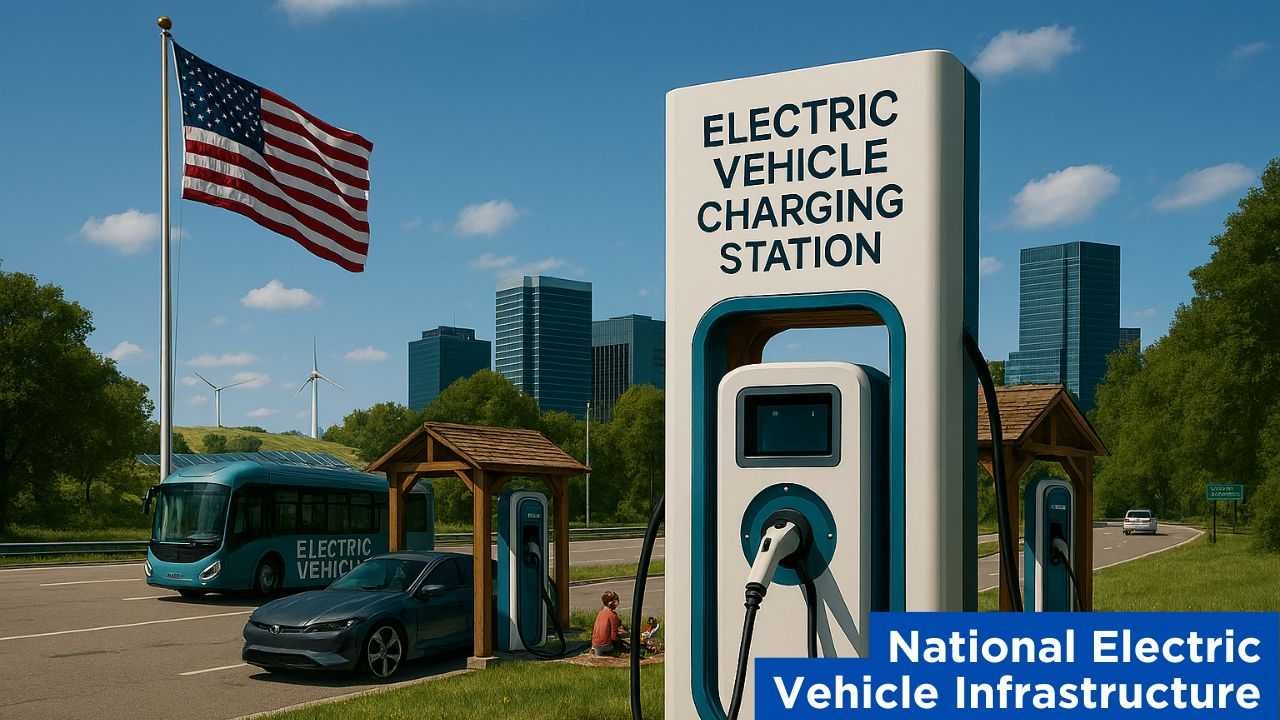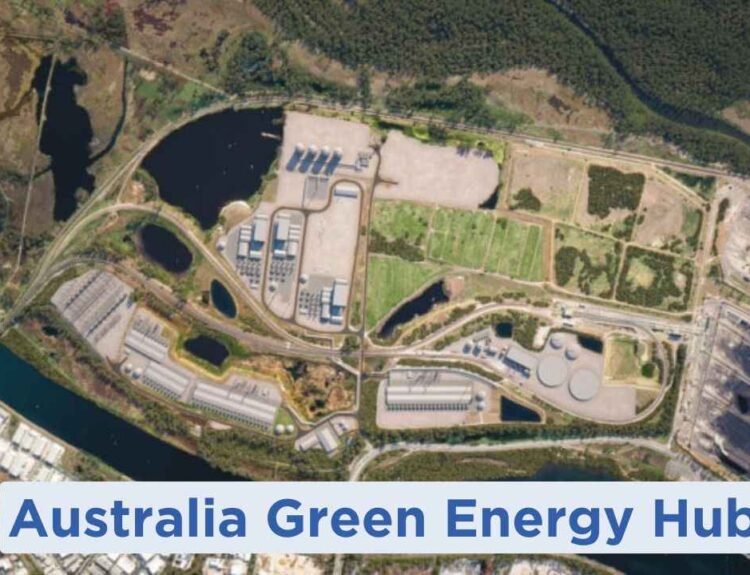The National Electric Vehicle Infrastructure (NEVI) Formula Program is a major U.S. government plan to speed up the shift to electric vehicles (EVs). Its main goal is to create a reliable and easy-to-use charging network across the country, making EV charging as simple as filling up a gas tank. With the urgent need to cut greenhouse gas emissions, NEVI is a key part of America’s clean transportation future.
Table of Contents
Background and Purpose
NEVI was created under the Infrastructure Investment and Jobs Act (IIJA) in November 2021. The law set aside $7.5 billion for EV charging, with $5 billion for NEVI. The goal is simple — let EV drivers travel anywhere in the U.S. without worrying about finding a charging station. This program also supports climate goals, energy security, and modern transportation.
How the Program Works
The Federal Highway Administration (FHWA) gives NEVI funds to states using a set formula based on highway miles and population. States then use the money to plan, build, and maintain charging stations, focusing on important travel routes like interstate highways. Each state must submit a detailed plan for approval before receiving funds.
Funding Details
From 2022 to 2026, NEVI will give $5 billion to states in yearly payments. Most projects require states to cover 20% of the cost, encouraging partnerships between the government and private companies. This ensures a connected charging network across all states.
Main Goals
NEVI focuses on:
- Building a nationwide charging network so EV drivers can travel anywhere easily.
- Making sure rural and underserved areas have access to charging.
- Helping reduce carbon emissions by making EVs a more practical choice.
What the Funds Can Be Used For
NEVI money can be used to:
- Install DC fast chargers with at least 150 kW power.
- Place chargers every 50 miles along Alternative Fuel Corridors (AFCs).
- Cover maintenance, operations, and workforce training for EV stations.
Alternative Fuel Corridors and NEVI
AFCs are key travel routes where chargers are placed to support long-distance EV travel. NEVI-funded chargers must meet AFC standards for reliability and compatibility.
Standards and Requirements
All NEVI-funded chargers must:
- Offer easy, open payment options without requiring memberships.
- Maintain at least 97% uptime.
- Support multiple charging connector types.
State Plans
Each state’s Department of Transportation (DOT) must create a plan showing where chargers will go, how they’ll be maintained, and the timeline for building them. These plans are reviewed before funds are given.
Public and Private Partnerships
NEVI supports partnerships between states, energy companies, and private businesses. For example, chargers might be powered by renewable energy or placed in busy shopping areas.
Impact on EV Adoption
By improving charging availability, NEVI helps more people feel confident about switching to EVs. The program also supports job creation, investment, and economic growth while benefiting the environment.
Challenges
Some experts question whether the funding is enough for the entire country, especially rural areas. Delays in approvals and permits could also slow progress.
Future of NEVI
As EV use grows, NEVI will need to expand into cities and neighborhoods and adopt new technologies like faster charging and battery swapping.
Conclusion
NEVI is more than an investment in charging stations — it’s a step toward a cleaner and more modern transportation system. Building a strong EV network helps make electric travel a normal part of everyday life.
FAQs
1. What is NEVI?
A federal program that provides $5 billion to states for EV charging over five years.
2. How is funding decided?
By a formula that looks at highway miles and population.
3. Can private companies apply?
Yes, usually through partnerships with states.
4. What types of chargers qualify?
Mostly DC fast chargers of at least 150 kW along key travel routes.
5. How does NEVI help the climate?
By making EVs easier to use, it reduces emissions from gas and diesel vehicles.








